How to build an evergreen sales funnel that converts in 2024
Introduction:
A sales funnel represents a prospective customer’s path from initial awareness to purchase or conversion. It’s called a “funnel” because, just like a funnel, it starts with a wide pool of prospects and narrows down as they progress through each stage of the buying process.
The typical stages of a sales funnel include:
- Awareness: At the top of the funnel, potential customers become aware of your brand, product, or service. They may discover you through various channels such as social media, Facebook ads, Google Adwords, search engines, or referrals.
- Interest: At this stage, prospects show interest in your offer and seek more information. They might subscribe to your email list, follow you on social media, or explore your website.
- Consideration: Prospects evaluate and compare different options in the consideration stage. They might be looking at your competitors, reading reviews, or seeking more in-depth content from you.
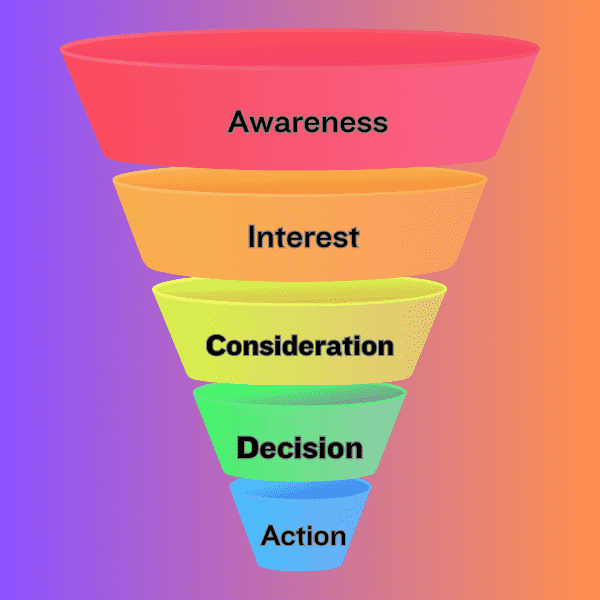

- Decision: Prospects are ready to decide and convert into paying customers. They might request a demo, place an order, or sign up for a service.
- Action: The final stage of the funnel is where the customer takes the desired action, whether it’s making a purchase, subscribing to a service, or completing a form.
The objective of a sales funnel is to guide prospects through these stages, nurturing them along the way and increasing the likelihood of converting them into new customers. By understanding each stage and implementing an effective marketing strategy, you can optimize your sales funnel to improve conversions and drive business growth.
The best free sales funnel builder that I have used is Systeme.io. You can build 3 sales funnels in their Free Forever plan.
Key Takeaways:
What is the concept of an evergreen sales funnel?
An evergreen sales funnel is designed to run continuously and generate consistent sales over an extended period without requiring frequent updates or manual intervention. Unlike time-limited or seasonal campaigns, an evergreen sales funnel is built to be sustainable and automated.
Here are some key characteristics of an evergreen sales funnel:
- Automation: An evergreen sales funnel uses automation tools and systems to handle customer journey stages. This automated sales funnel allows for consistent lead nurturing, evergreen email sequence, and even delivering a digital product or services without constant manual intervention.
- Timeless Content: The content used in an evergreen sales funnel is typically “evergreen” or timeless in nature. It means the content remains relevant and valuable to the target audience for an extended period.
- Ongoing Lead Generation: An evergreen sales funnel incorporates ongoing lead generation strategies to attract new subscribers into the funnel continually. This can include methods like search engine optimization (SEO), content marketing, social media promotion, and paid advertising to maintain a steady flow of new leads.
- Personalization and Segmentation: Evergreen sales funnels often utilize personalization and segmentation techniques to provide a tailored experience for each new subscriber.
- Optimization and Testing: Although an evergreen sales funnel is designed to run continuously, it still requires regular monitoring, optimization, and testing. This involves analyzing key performance metrics, identifying areas for improvement, and making necessary adjustments to maximize conversions and overall performance.
By implementing an evergreen sales funnel, businesses can achieve passive income, greater efficiency, scalability, and consistency in their sales and marketing efforts. It makes the process more organized and streamlined, giving you more time and money to focus on other parts of your business while keeping a steady flow of leads and sales.
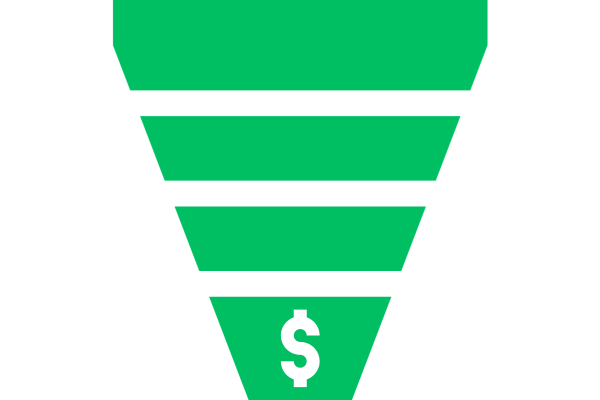

What is the importance of having a converting evergreen sales funnel?
Having a converting evergreen sales funnel is crucial for several reasons:
- Consistent Revenue Generation: An evergreen sales funnel ensures steady leads and conversions, generating consistent revenue. It eliminates the reliance on sporadic or seasonal campaigns, allowing businesses to maintain a predictable income flow.
- Scalability and Efficiency: An evergreen sales funnel is readily adaptable to the needs of the business. It operates automatically and can handle more leads and conversions without significant additional resources.
- Time and Resource Savings: Once established, an evergreen sales funnel requires minimal manual intervention, liberating time and resources for other tasks.
- Enhanced Customer Experience: An evergreen sales funnel enables personalized and targeted communication with leads and customers. By segmenting and tailoring content and offers based on their interests and behavior, businesses can provide a better customer experience, increasing satisfaction and loyalty.
- Increased Conversion Rates: An optimized evergreen sales funnel is designed to guide a new lead through each stage of the customer journey, increasing the likelihood of conversions. Businesses can build trust and credibility by delivering relevant content, addressing pain points, and nurturing relationships, resulting in higher conversion rates.
- Long-Term Business Growth: An evergreen sales funnel sets the foundation for sustainable long-term business growth. By consistently attracting new leads, nurturing relationships, and converting customers, businesses can expand their customer base, increase market share, and achieve continuous growth.
- Data-Driven Decision Making: An evergreen sales funnel provides valuable data and insights about lead behavior, conversion rates, and performance metrics. This data allows businesses to make informed decisions and optimize their funnel based on real-time feedback, improving overall effectiveness and maximizing results.
A converting evergreen sales funnel is vital for businesses seeking consistent revenue, scalability, efficiency, and long-term growth. It enables automated lead nurturing, increases conversion rates, and provides valuable data for optimization.
Related Article: “How To Build A Winning Saas Sales Funnel: An expert Guide in 2023”
examples of an evergreen sales funnel:
1. Online Course Business Funnel:
- Lead Magnet: A free downloadable e-book or checklist related to the course topic is offered in exchange for the visitor’s email address.
- Email Sequence: The lead is nurtured through a series of automated emails providing valuable content and building trust. These emails might include tips, case studies, and testimonials.
- Offer: After a few nurturing emails, the lead receives a limited-time offer to enroll in the online evergreen course at a discounted price.
- Upsell: Once the lead becomes a customer, they are presented with upsell opportunities for advanced modules, coaching, or additional resources.
- Evergreen Element: The entire funnel can be set up to run on automation, continuously attracting new leads and converting them into course customers.
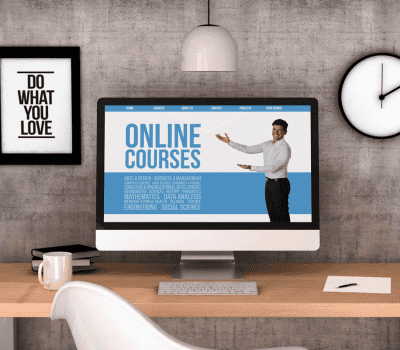

You can create your online course in this Free Forever plan evergreen sales funnel builder. What is surprising is that the course can be available to unlimited students.
Pro Tip:
With Systeme.io, you can do more than build sales funnels. You can also create and manage your entire online marketing system. Whether you want to build sales funnels, landing pages, websites, email marketing, courses, or blogs, Systeme.io has it all. Try their Free Plan Forever.
2. E-commerce Sales Funnel:
- Lead Generation: The e-commerce website attracts leads through various channels, such as organic search, paid ads, or social media.
- Product Browsing: Leads browse the website, exploring different products and categories.
- Abandoned Cart Recovery: If a lead adds items to their cart but doesn’t complete the purchase, automated emails are triggered to remind and incentivize them to return and complete the purchase.
- Retargeting Ads: Leads who have shown interest but haven’t purchased are retargeted with display or social media ads to remind them of the products they viewed.
- Evergreen Element: The lead generation, retargeting, and abandoned cart recovery processes can run continuously, attracting new leads and recovering potential lost sales.
3. Membership Site Funnel:
- Lead Capture: Visitors to the website are encouraged to sign up for a free membership or trial, providing their email address.
- Trial Period: Once a lead signs up, they are given access to a limited-time trial period of the membership site, experiencing its value.
- Email Nurturing: During the trial period, leads receive automated emails with tutorials, case studies, and success stories to showcase the benefits of the full membership.
- Conversion Offer: Towards the end of the trial, the lead is presented with an offer to upgrade to a paid membership with additional features, content, or support.
- Evergreen Element: The lead capture, trial period, and conversion offer can be set up to run continuously, attracting new leads and converting them into paying members.
These are just a few examples, but numerous variations and combinations of evergreen sales funnels can be customized based on the specific business, target audience, and goals. The key is to develop a system that continuously attracts leads, nurtures them, and converts them into customers, all while requiring minimal manual intervention.
Understand Your Target Audience
Understanding your target audience is crucial in building an effective and converting evergreen sales funnel. It involves conducting research and gaining insights into the characteristics, needs, preferences, and behaviors of your ideal client:
- Research and Define: Conduct market research to determine your intended audience. This includes demographic data like age, gender, location, occupation, income, and level of education. Additionally, consider psychographic factors like interests, values, attitudes, and lifestyle choices.
- Pain Points and Desires: Dive deeper to understand your target audience’s pain points, challenges, and desires. What problems are they trying to solve? What goals are they aiming to achieve? By identifying their needs and aspirations, you can tailor your sales funnel to address these pain points and provide solutions.
- Buyer Personas: Create detailed buyer personas, fictional representations of your ideal customers. These personas are based on your research and clearly represent your target audience. Include information such as demographics, motivations, goals, challenges, preferred communication channels, and objections they may have.


- Customer Surveys and Feedback: Conduct surveys and interviews, or gather feedback from existing customers to gain deeper insights into their experiences, preferences, and pain points.
- Competitor Analysis: Analyze your competitors’ target audience and marketing strategies. Identify what makes your target audience unique and how you can differentiate your offerings. By understanding your competition, you can position your sales funnel more effectively and offer a compelling value proposition to your target audience.
- Social Listening and Monitoring: Social media listening tools monitor online conversations related to your industry, products, or services. This can help you understand the discussions, sentiments, and emerging trends among your target audience.
- Analytics and Data: Utilize analytics tools to gather data on your website visitors, email subscribers, and social media followers. Analyze their behavior, preferences, and engagement patterns to understand what resonates with them and drives conversions.
Understanding your target audience can create a sales funnel that speaks directly to their needs, desires, and pain points. This enables you to tailor your lead magnets, messaging, content, and offers to resonate with your audience, resulting in higher conversions and a more effective sales process.
Create an Irresistible Lead Magnet
Creating an irresistible free lead magnet is crucial in building an evergreen sales funnel. A lead magnet is a valuable content or resource you offer in exchange for your target audience’s contact information, typically their email address.
- Understand Your Audience’s Needs: Understand your target audience’s needs, challenges, or desires. What information or solutions are they seeking? What would be valuable to them?
- Provide Specific Value: Your lead magnet should offer specific and tangible value to your audience. It should address a specific problem or provide a solution they can implement immediately. It should be actionable, practical, and relevant to their needs.
- Choose the Right Format: Consider the most appropriate format for your lead magnet based on your audience preferences and the type of content you’re providing. It can be an e-book, checklist, template, video tutorial, webinar, free trial, access to an exclusive resource, or any other format that aligns with your audience’s preferences and expertise.
- Craft an Attention-Grabbing Title and Design: Your lead magnet should have a compelling title that communicates its value and entices your audience to download or access it. A well-designed and visually appealing resource creates a positive first impression and increases its perceived value.


- Keep it Digestible and Actionable: Ensure your lead magnet is easy to consume and understand. Break complex concepts into digestible chunks, use clear and concise language, and provide actionable steps or takeaways.
- Showcase Your Expertise: You can use your lead magnet to show off your knowledge and credibility as an expert in your field. Provide valuable insights, tips, or strategies that showcase your knowledge and position you as a reliable source of information.
- Optimize for Lead Capture: Remember to include a clear and prominent call-to-action (CTA) within your lead magnet to encourage your audience to take the next step in your sales funnel. It could be a link to a landing page or an invitation to join your email list.
An irresistible lead magnet should be tailored to your target audience’s needs, provide tangible value, and showcase your expertise. Creating a compelling lead magnet can attract and capture leads, setting the foundation for a successful evergreen sales funnel.
Design a High-Converting Landing Page
Designing a high-converting landing page is a critical component of an evergreen sales funnel. A landing page is a specific web page that your leads land on after they click on a call-to-action (CTA) in ads, sales emails, or other forms of advertising:
- Clear and Compelling Headline: Start with a clear, attention-grabbing headline communicating your offer’s main benefit or value proposition. It should be concise, benefit-driven, and compel visitors to continue reading or exploring further.
- Concise and Benefit-Oriented Copy: Keep the content on your landing page concise and focused. Communicate your offer’s key benefits and how it solves the visitor’s problem or fulfills their needs.
- Engaging Visuals: Incorporate visually appealing elements on your landing page, such as relevant images, videos, or graphics that complement your offer. Visuals can help capture attention, convey messages more effectively, and enhance the user experience.
- Persuasive Call-to-Action (CTA): Place a prominent and persuasive CTA on your landing page. Make it stand out visually with a contrasting color, and use action-oriented words that encourage visitors to take the desired action, such as “Download Now,” “Sign Up,” or “Get Started.”
- Social Proof and Testimonials: Incorporate social proof elements on your landing page to build trust and credibility. This can include customer testimonials, reviews, ratings, case studies, or logos of well-known companies you’ve worked with.
- User-Friendly Layout and Navigation: Design your landing page with a clean and intuitive layout. Avoid clutter and excessive distractions that divert visitors’ attention from the main message and CTA. Ensure the page is mobile-responsive and loads quickly to provide a seamless experience across different devices.
- Form Optimization: If your landing page includes opt-in forms to capture visitors’ email addresses, keep it simple and ask for only essential details. Minimize the number of fields to reduce friction and increase the likelihood of form completion
- A/B Testing and Optimization: Continuously test and optimize your landing page to improve its conversion rate. Experiment with headlines, copy variations, visuals, CTAs, and form layouts to identify what resonates best with your audience.
A high-converting landing page aims to capture your visitors’ attention, communicate the value of your offer, and motivate them to take the desired action. By incorporating persuasive copy, engaging visuals, social proof, and optimized design, you can create a landing page that effectively converts your traffic source into leads and drives them further into your own evergreen sales funnel.
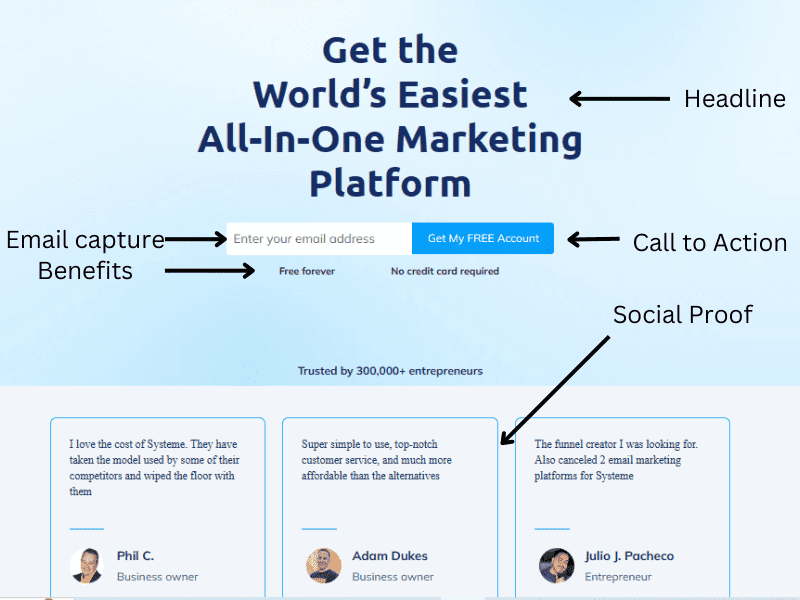

Create your landing page with the best free forever plan landing page builder. You can build 3 landing pages in this all-in-one- marketing platform for free.
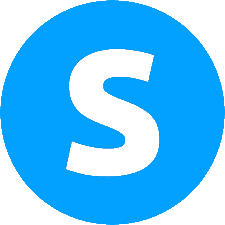


Systeme.io
Systeme.io is the best way to start and scale your online business. It gives you everything you need to create sales funnels, landing pages, email campaigns, online courses, and more. And it’s incredibly affordable – you can get started for free and pay as you grow. Don’t miss this opportunity – sign up for the Free Version Forever Plan now.
Nurture Leads with Email Marketing
Nurturing leads with email marketing is a powerful strategy to engage with your audience, build relationships, and guide them through your evergreen sales funnel. It involves sending targeted and relevant emails to your leads based on their interests, behavior, and stage in the customer journey:
- Segmentation: Start by segmenting your email list based on relevant criteria, such as demographics, interests, purchase history, or engagement level. This allows you to tailor your email content and offers to specific segments of your audience, increasing relevancy and engagement.
- Welcome Email: When a lead joins your email list, send a welcome email to introduce your brand, set expectations, and deliver any promised lead magnet or exclusive content. Use this opportunity to thank them for subscribing and provide a clear next step for further engagement.
- Drip Campaigns: Implement an automated system of drip campaigns, a series of emails delivered over time. Design these campaigns to provide valuable content, educate your leads, and nurture the relationship.
- Personalization: Personalize your emails to make them feel more relevant and engaging. Use merge tags to insert the lead’s name and customize the content based on their past interactions or preferences.
- Provide Value: Focus on delivering value in your emails. Offer tips, insights, case studies, or exclusive content that addresses your leads’ pain points and provides solutions. The more value you provide, the more likely your leads will trust your expertise and continue engaging with your emails.
- Call-to-Action (CTA): Include clear and compelling CTAs in your emails to drive specific actions. Whether you send leads to a relevant blog post, ask them to attend live webinars, or tell them to check out your new evergreen products, ensure your calls to action (CTAs) are clear, action-oriented, and in line with the email’s goal.
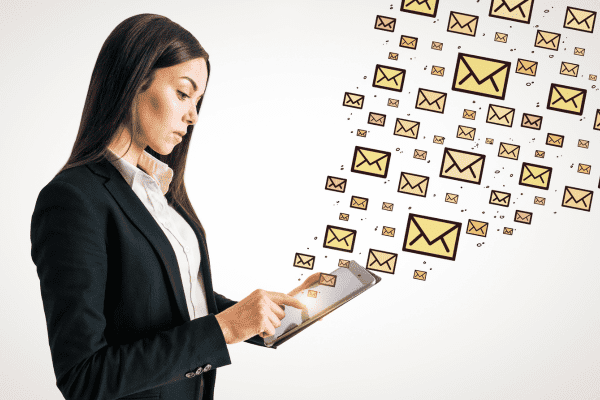

- Automation and Behavior Triggers: Utilize automation and behavior triggers to send targeted emails based on specific actions or milestones. For example, you can send a follow-up email to leads who clicked on a specific link, abandoned their cart, or completed a purchase.
- Testing and Optimization: Continuously test and optimize your email campaigns to improve effectiveness. Experiment with different subject lines, email formats, visuals, and CTAs to identify what resonates best with your audience.
Nurturing leads with email marketing is about building relationships, providing value, and guiding your audience through your evergreen sales funnel. By segmenting your list, personalizing your emails, and delivering valuable content, you can engage your leads, increase their trust, and ultimately drive conversions and long-term customer loyalty.
Leverage Content Marketing to Drive Traffic
By creating valuable, informative, and engaging content, you can attract and engage your target audience, increase brand visibility, and ultimately drive organic search traffic to your evergreen sales funnel:
- Understand Your Target Audience: Understand your target audience’s needs, interests, and preferences. Conduct market research, analyze customer data, and gather insights to identify the topics and types of content that will resonate with your audience.
- Develop a Content Strategy: Develop a content strategy aligned with your organization’s objectives and target audience. Determine the types of content you’ll create, such as blog posts, videos, infographics, podcasts, or eBooks.
- SEO Optimization: Optimize your evergreen content for search engines to improve its visibility in organic search results. Do keyword research to find relevant terms for your business and get many searches. Search terms related to your industry. Incorporate these keywords strategically in your content, including titles, headings, meta descriptions, and body text.
- Valuable and Engaging Content: Create content that benefits your audience and solves their problems. Offer actionable tips, industry insights, how-to guides, case studies, or thought leadership pieces.
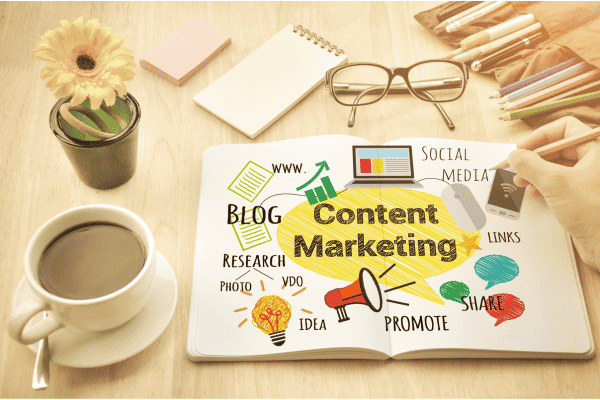

- Consistency and Frequency: Always put out new information to keep your audience interested and bring in new people. Establish a content publishing schedule that you can realistically maintain.
- Promotion and Distribution: Actively promote your content through various channels to expand its reach. Share it on your social media platforms, send it to your email subscribers, and engage with relevant online communities and forums.
- Call-to-Action (CTA): Include clear CTAs within your content to direct visitors to your evergreen sales funnel. Invite them to join your email list, download a lead magnet, or look at your goods or services.
- Analyze and Optimize: Regularly analyze the performance of your content to identify what resonates with your audience and drives the most traffic. Monitor metrics such as page views, time on the page, social shares, and engagement rates.
Using content marketing well, you can bring targeted traffic to your website or landing sales page, connect with your audience, and lead them through your evergreen sales funnel. By consistently providing valuable content and optimizing it for search engines, you can establish your brand as an authority, increase visibility, and drive conversions.
Implement SEO Strategies
Implementing SEO (Search Engine Optimization) strategies is vital for driving organic traffic to your website and improving its visibility in search engine results:
- Keyword Research: Conduct keyword research to identify the search terms and phrases your target audience uses to find information related to your industry, products, or services. Use keyword research tools to discover relevant keywords with high search volume and moderate competition.
- On-Page Optimization: Optimize your website’s on-page elements to improve its visibility to search engines. This includes optimizing meta tags (title tags and meta descriptions) with relevant keywords, using descriptive and keyword-rich URLs, and optimizing headings (H1, H2, etc.) to structure your content logically.
- Quality Content Creation: Create high-quality, useful content that fits your target audience’s wants and search goals. Create in-depth blog posts, articles, videos, or other formats that provide comprehensive information, answer questions, and solve problems.
- Site Structure and Navigation: Organize your website clearly and intuitively. Create a logical hierarchy of pages and use internal linking to establish relationships between different pages.
- Mobile Optimization: With the use of mobile devices on the rise, it’s important to ensure your website works well on mobile devices. Ensure your website is responsive and mobile-friendly, providing a seamless user experience across different devices.
- Technical SEO: Pay attention to technical aspects impacting your website’s performance and search engine rankings. Optimize your website’s loading speed, ensure proper indexing by search engines, and use structured data markup to enhance search result visibility.
- Backlink Building: Earn high-quality backlinks from reputable and relevant websites. Focus on creating valuable content that naturally attracts backlinks, engage in guest blogging opportunities, or collaborate with influencers or industry experts to build your backlink profile.
- User Experience Optimization: Provide an excellent user experience on your website. Ensure your website is navigable, rapid to load, and visually appealing.
- Analytics and Monitoring: Utilize analytics tools like Google Analytics to track and measure the performance of your SEO efforts. Monitor key metrics such as organic traffic, bounce rate, click-through rate, and keyword rankings.
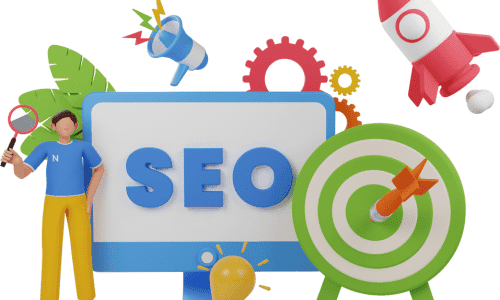

SEO is an ongoing process that requires continuous monitoring, analysis, and optimization. By implementing effective SEO strategies, you can improve your website’s visibility in search engine results, drive organic traffic, and attract relevant visitors to your evergreen sales funnel.
Track, Analyze, and Optimize Your Funnel
By monitoring key metrics and analyzing the performance of your funnel, you can identify areas of improvement, make data-driven decisions, and optimize your funnel for better conversions:
- Set Clear Goals: Define specific goals for your sales funnel, such as the number of leads generated, conversion rates at each stage, or revenue generated. Establishing clear goals allows you to track your progress and measure the success of your funnel.
- Track Key Metrics: Identify the key metrics that indicate the performance of your funnel. This may include metrics such as website traffic, lead conversion rate, email open rates, click-through rates, sales conversions, or average order value.
- Analyze Conversion Rates: Examine the conversion rates at each stage of your funnel to identify potential bottlenecks or areas of improvement. Look for significant drop-off points and analyze the possible reasons behind them. Are there any barriers preventing leads from progressing further?
- Identify Areas for Optimization: Based on your analysis, identify specific areas of your funnel that can be optimized. This could involve improving the messaging, refining the targeting and segmentation, enhancing the user experience, or streamlining the conversion process.
- Optimize Lead Nurturing: Evaluate your lead nurturing strategies to ensure they effectively engage and guide leads through the funnel. Review the content and frequency of your emails, examine the effectiveness of your CTAs, and assess the personalization and segmentation of your email campaigns.
- Test and Refine Offers: Test different offers or incentives at various stages of your funnel to determine which ones resonate best with your audience. This could involve offering different lead magnets, discounts, free trials, or upsell opportunities.
- Use Heatmaps and User Behavior Analytics: Implement tools like heatmaps and user behavior analytics to gain insights into how visitors interact with your funnel. Heatmaps can show you which areas of your landing pages or website receive the most attention, while user behavior analytics can provide data on how visitors navigate your funnel.
- Continuously Test and Iterate: Implement a continuous testing and iteration culture in your funnel optimization process. Test different variations of your landing pages, CTAs, email sequences, and offers. Use A/B testing and multivariate testing to measure the impact of changes accurately.
- Monitor and Measure ROI: Keep track of your funnel’s return on investment (ROI). Calculate the revenue generated from your funnel compared to the costs involved in running and optimizing it.
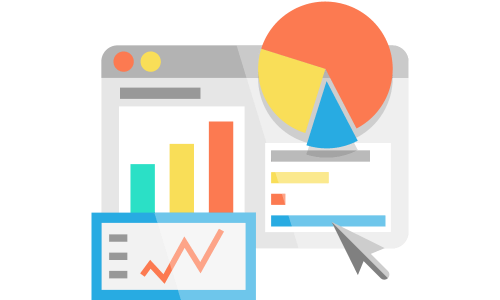

You can continuously improve its performance and increase conversions by tracking, analyzing, and optimizing your funnel. Regularly monitor key metrics, identify areas for improvement, and implement data-driven changes to create a highly effective evergreen sales funnel that consistently drives results.
Final Thoughts:
Building an evergreen sales funnel that converts is a powerful strategy for driving consistent revenue and nurturing long-term customer relationships. By understanding your target audience, creating an irresistible lead magnet, designing high-converting landing pages, nurturing leads with email marketing, leveraging content marketing to drive traffic, implementing SEO strategies, and tracking, analyzing, and optimizing your funnel, you can create a highly effective and efficient sales system.
An evergreen sales funnel provides a continuous flow of leads, guides them through a well-defined journey, and ultimately converts them into paying customers. It enables you to automate and streamline your marketing and sales processes, freeing up time and resources to focus on other aspects of your business growth.
Furthermore, continuously tracking, analyzing, and optimizing your funnel is crucial for identifying areas of improvement and maximizing conversions. By monitoring key metrics, identifying bottlenecks, and making data-driven decisions, you can refine your funnel and drive better results over time.
Building an evergreen sales funnel is an ongoing process that requires attention, optimization, and adaptation to your target audience’s changing needs and preferences. Start implementing these strategies today, and watch as your evergreen sales funnel generates consistent leads and conversions, ultimately leading to increased revenue and business growth.



Systeme.io
Systeme.io is more than just a sales funnel builder. It’s an all-in-one marketing platform that lets you create and manage everything you need for your online business. From landing pages, websites, and sales funnels to email marketing, courses, and blogs, Systeme.io has you covered. And the best part is, you can get started for free with their Free Plan Forever.

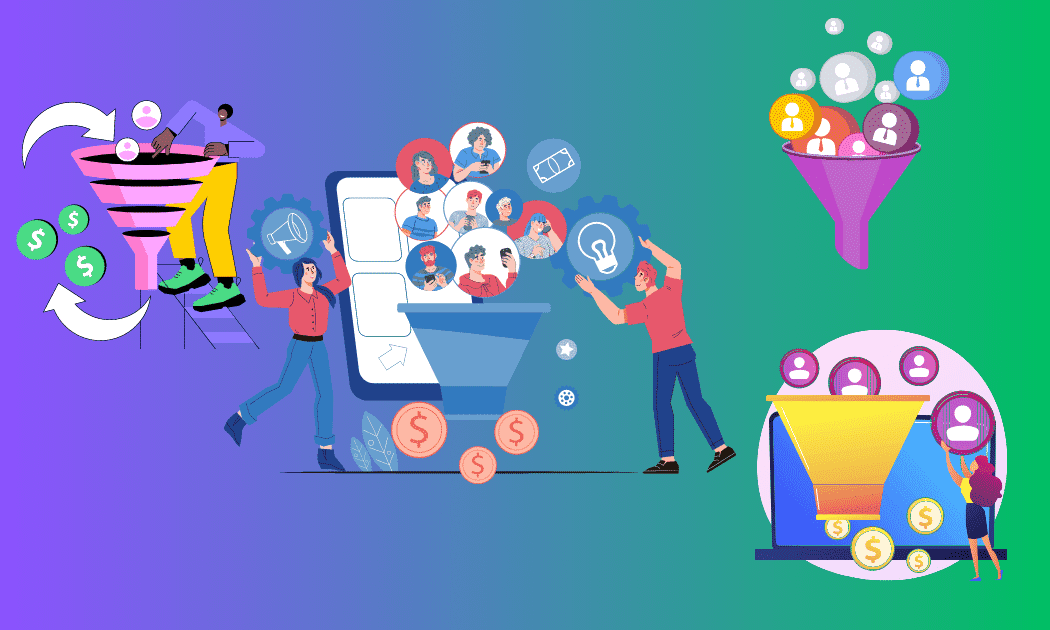


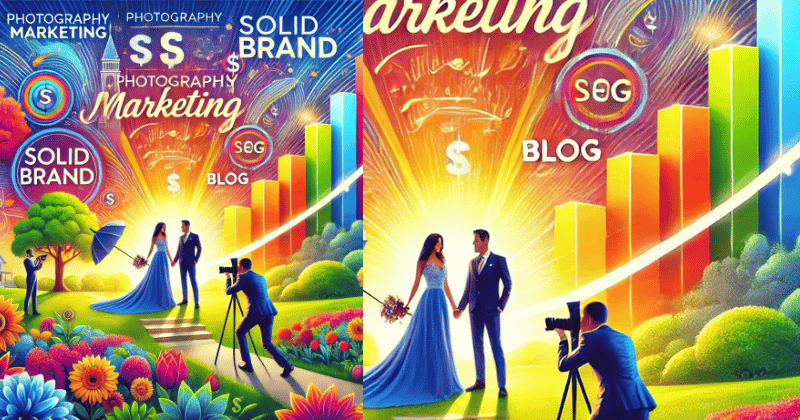


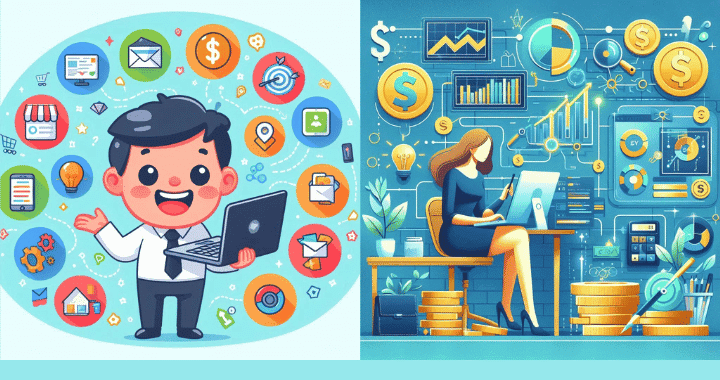
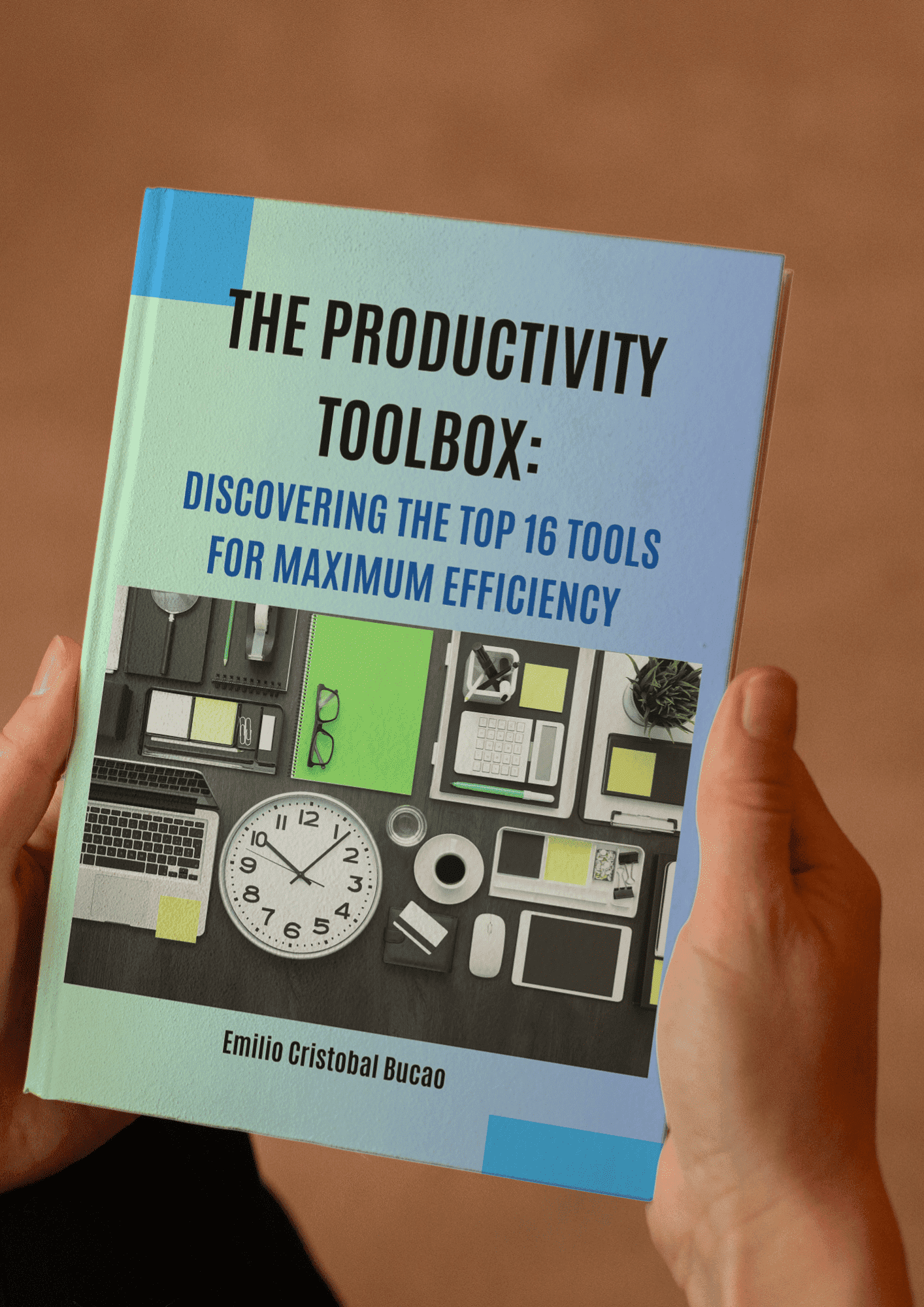

3 Comments